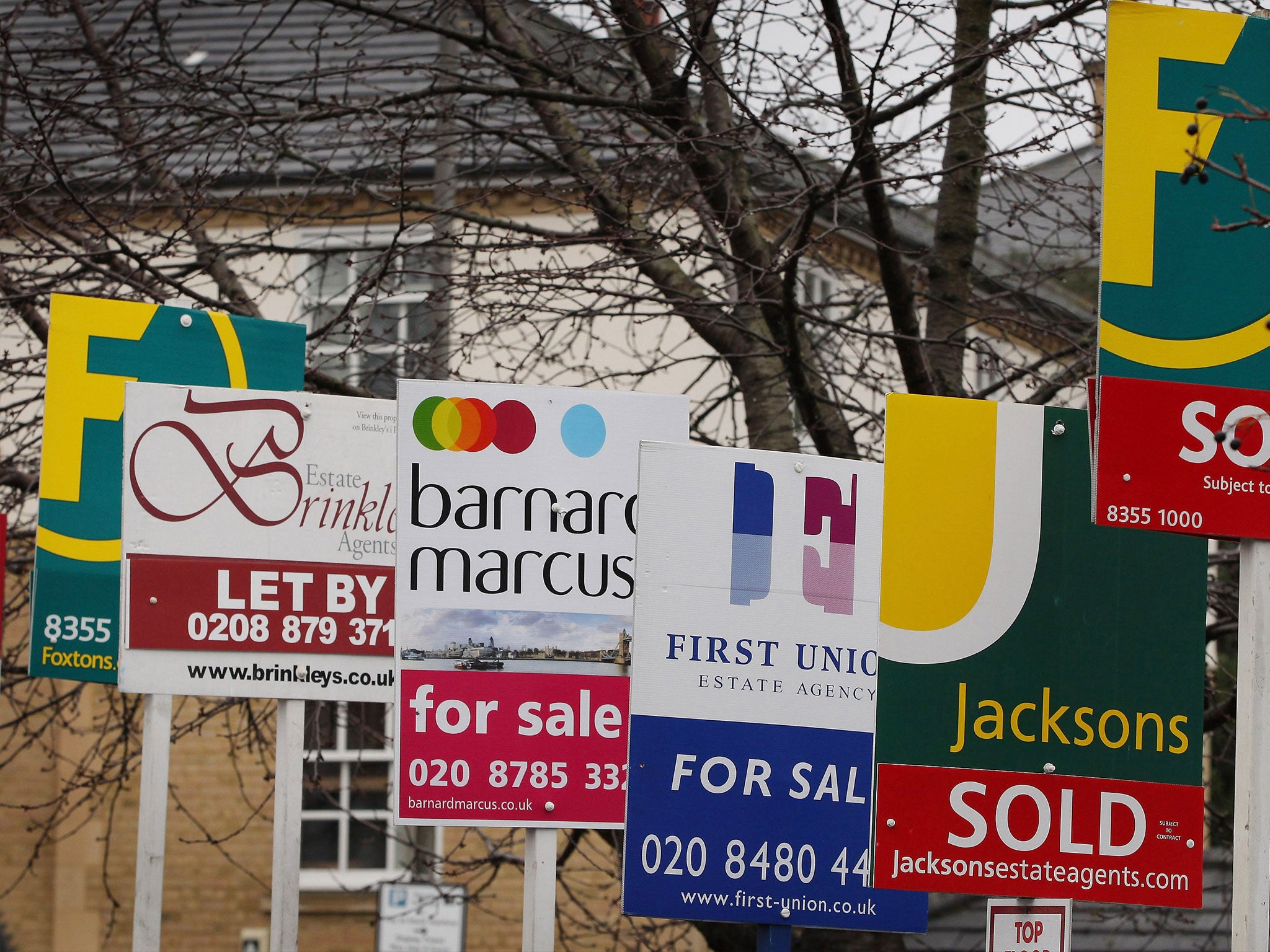Poor workers' rent bill swallows 40% of wages, says National Housing Federation
The median annual private rent in England according to the Valuation Office is £7,800 while wages for low-skilled workers are £18,500 a year

Care workers, cleaners and shops assistants face being forced to spend more than 40 per cent of their earnings on rent in all nine English regions, according to research by the National Housing Federation (NHF).
Official data shows that the median earnings of these low-skilled workers is around £18,500 a year.
Putting that together with data on median monthly rents across the English regions reveals a picture of widespread affordability stress for such workers.
“The typical rent of a worker in all three occupational groups takes up 40 per cent or more of their earnings in the majority of local authorities in London and the South East, but this is also true for parts of the East of England, the South West, the Midlands and Yorkshire as well as the Manchester area,” said the NHF.
“These workers are at serious risk of being overburdened by rent repayments,” it adds, citing the standard view that households which spend more than 40 per cent or more of their pay on rent are vulnerable.
According to the ONS, the median pay for all employees in 2016 was £28,213.
This stretched from £42,109 for managers, directors and senior officials down to £17,665 for those in the care and leisure industries.
Sales and customer service assistants had annual pay of £18,262. And those in the elementary occupations such as cleaners and assistants in kitchens received an average of £18,462.
Meanwhile, the median private monthly rent in England according to the Valuation Office Agency was £650 a month, or £7,800 a year.
Average private rents in London are £1,452, or £17,424 a year.
Such low-income workers will, in reality, be eligible for state housing benefits in order to meet their housing costs if they rent in the private sector.
The public bill for this subsidy in 2015/16 was £24.2bn, up from £14bn a decade earlier, largely reflecting higher rents and stagnant wages over that period.
Many low-income earners will be in dual income households. But the divergence of pay growth and growth in rents over the past decade still represents a major affordability squeeze.
“With housing usually being the largest item of expenditure in a household’s budget, the decoupling of housing costs from earnings has had the most far-reaching consequences for those at the bottom of the earnings curve”, said the NHF, which represents social housing providers, not-for-profit enterprises that build and let property at below market rents to lower income tenants.
In 2015/16 there were around 3.9 million households in this kind of social housing, which also includes council housing, around 17 per cent of the total, according to the latest English Housing Survey.
But that is now less than the number of UK households who are renting privately, which was 4.5 million, up from 2.4 million a decade earlier.
Theresa May has spoken of her determination to fix the UK’s housing crisis.
In last year’s Autumn Statement, the Chancellor increased government funding to help facilitate the construction of more affordable housing.
Subscribe to Independent Premium to bookmark this article
Want to bookmark your favourite articles and stories to read or reference later? Start your Independent Premium subscription today.

Join our commenting forum
Join thought-provoking conversations, follow other Independent readers and see their replies